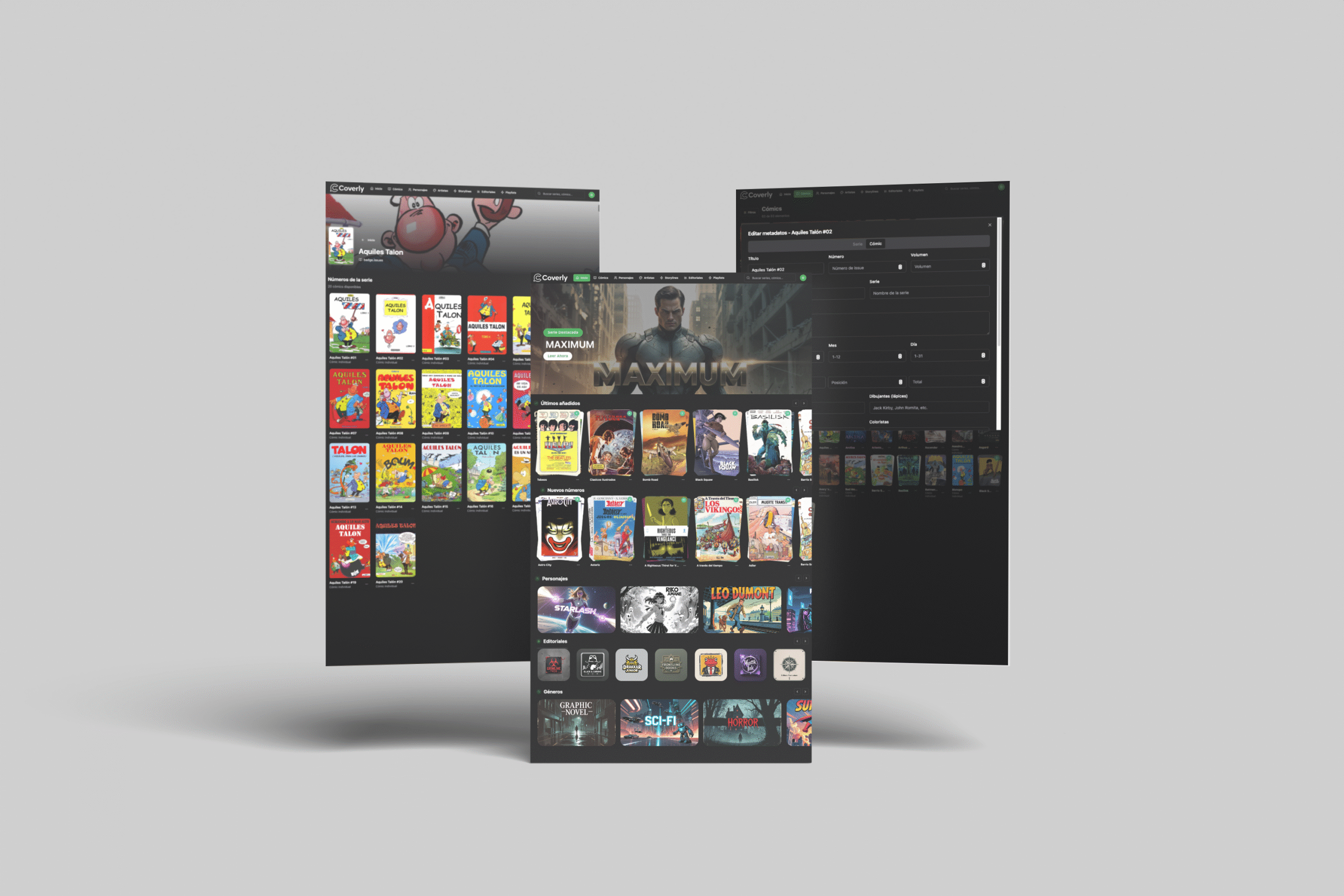- COVERLY
- COVERLY
- COVERLY
- COVERLY
- COVERLY
- COVERLY
Client
Personal Project
MY ROLE
Brand Identity
Product Design
UI/UX Design
Full-Stack Development
OVERVIEW
The Challenge: Digital comic collectors face a unique set of organizational challenges that existing software fails to address. The market offered either insecure cloud solutions or isolated local apps with no remote access. Furthermore, no tool was truly built with the comic book structure in mind, lacking proper management for complex crossovers, character arcs, and publisher data. The challenge was to engineer a robust, secure, and comic-centric solution as a solo developer across all major platforms.
My strategy was built on three core pillars: a hybrid architecture, a comic-first user experience, and a cross-platform strategy.
Hybrid Architecture for Security & Access: Instead of relying on third-party clouds, I developed a local helper application that runs on the user’s main computer. This server indexes the local library and serves the comics securely over the internet only to the user’s authenticated devices. This ensures privacy and ownership while providing global access.
A UI Designed by a Collector, for Collectors: The React-based web interface is meticulously designed to cater to comic fans. It goes beyond simple folders, offering dedicated sections to track complex multi-series crossovers, follow character appearances across different titles, and sort by series, publisher, artist, or writer.
Unified Cross-Platform Presence: To ensure a seamless experience, the project is being developed for every major platform from a unified codebase. This includes a React web app, native-like desktop apps for Mac & PC, and downloadable Progressive Web Apps (PWAs) for a consistent experience on both Android and iOS.

The Challenge & The Approach
The designer is the professional responsible for creating and developing visual projects for various types of media, such as websites, social media, advertisements, among others. Through the use of techniques and design tools, the designer is able to transfer ideas and concepts into visual and impactful creations, tailored to meet the needs and preferences of their clients. A good designer possesses a wide range of skills, including creativity, communication, attention to detail, and a thorough understanding of design principles and software. The ability to work under pressure and adapt to new technologies and trends is also crucial in this field. Hiring the services of a competent designer is a smart investment that can make a significant difference in the success of any creative project.
THE RESULT
Coverly is currently live and accessible in its final beta stage at joincoverly.com. All the visuals presented throughout this case study are direct captures from the current, functional beta version of the application. After a successful period of testing and development, the platform is scheduled to exit beta for its official public launch in October 2025.
The project has successfully evolved from a concept into a robust, market-ready application, demonstrating a complete, end-to-end cycle of product design and full-stack engineering that solves a real need for a passionate community.


